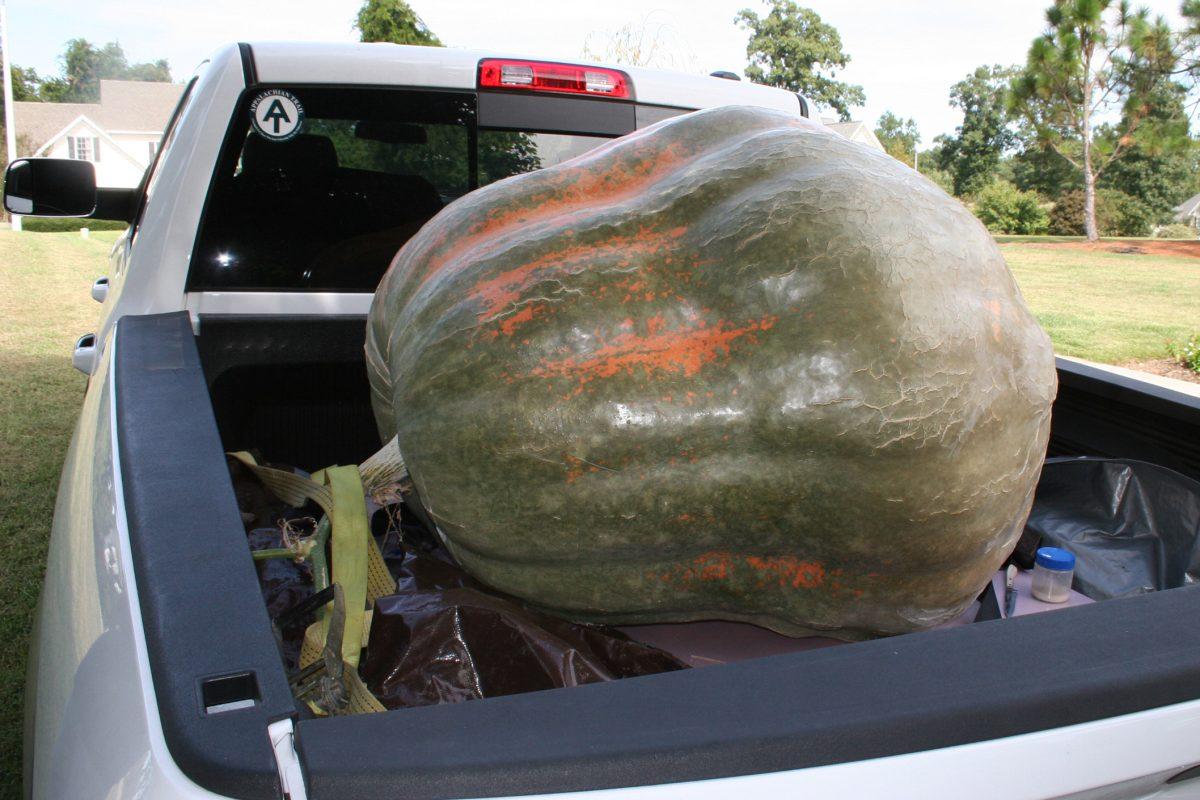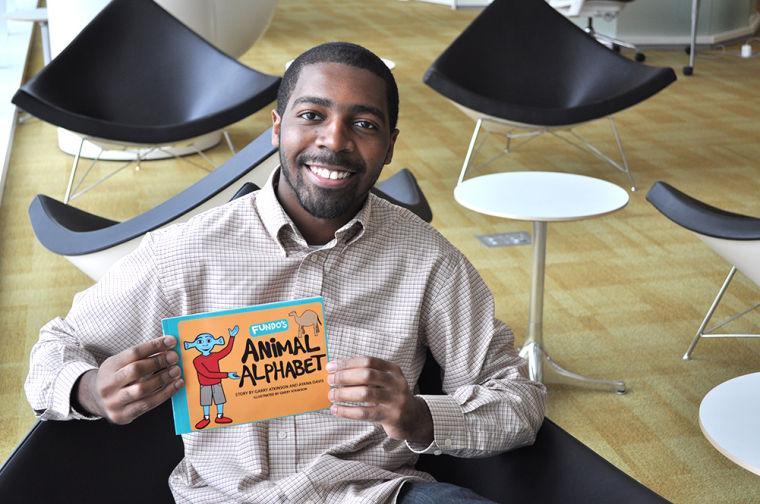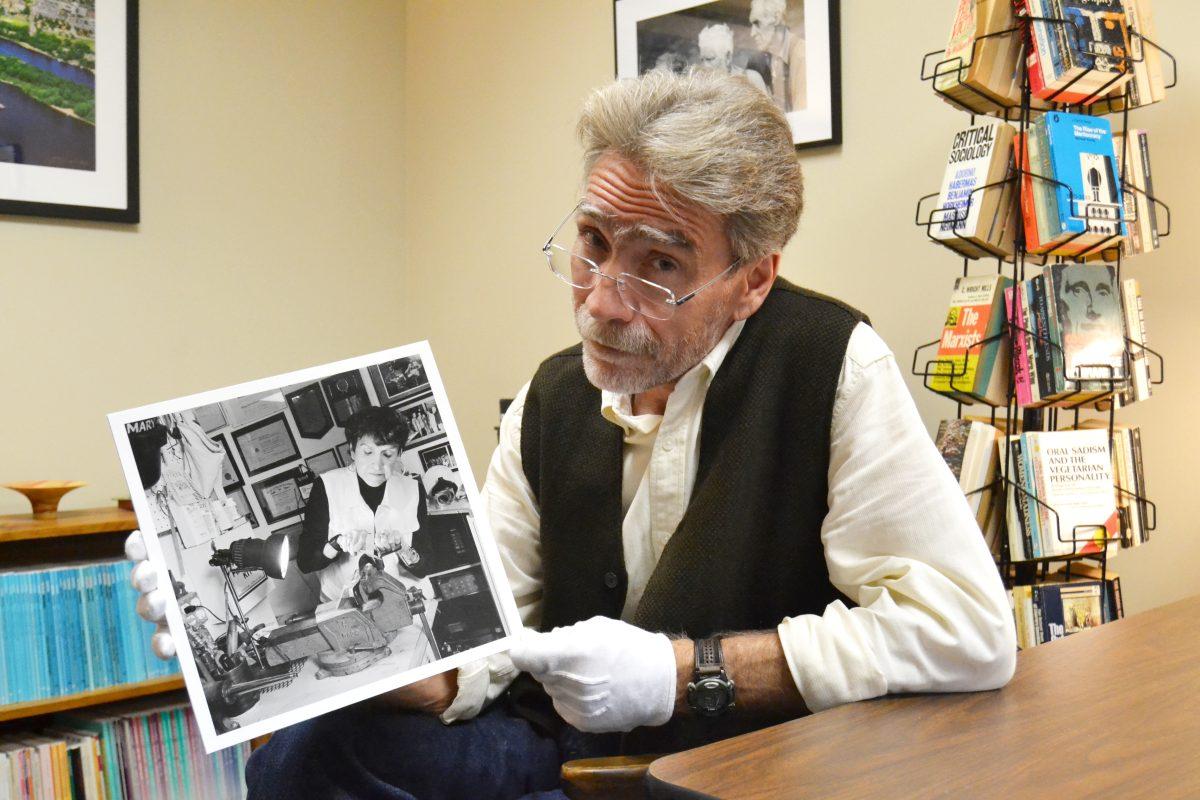It’s hard to experience history through the pages of a book. Dawn Imershein makes it much easier: She teaches historical ballroom dances, particularly from the Victorian and Ragtime eras, at Triangle Vintage Dance Studios in Carrboro.
Her husband, Chris Imershein, got started in vintage dancing simply because the classes were cheaper than normal dance classes, but ended up falling in love with the older styles. He had been vintage dancing for about 10 years before he moved to North Carolina. Finding himself without a group to practice with, Imershein decided to start his own.
Dawn Imershein met Chris during his first year of teaching classes at Triangle Vintage Dance, and they now help run the studio and teach classes together. The dances they teach are almost completely historically accurate — Chris Imershein found some by reading older dance manuals and recreating them, and has learned others from dance historians and vintage dance teachers.
The Victorian era, one of the eras the Imersheins focus on, started as early as the 1840s and ended at the turn of the 19th century. The Ragtime dances were popular from the 1900s until about 1920.
The Victorian era was mainly characterized by dances like the waltz, schottische and polka, all of which are circular-moving couple dancing. However, they are a bit more spirited than people normally think, Dawn Immerishin said.
“It’s definitely faster than what you would think of as a modern day ballroom waltz,” Dawn Imershein said.
Dawn Imershein’s favorite dance of the Victorian era is the waltz.
“The Victorian waltz is very round — it’s a turning waltz that almost looks like the couples are spinning in little circles around the dance hall, but they are also doing little mini-circles, as if they were spinning around a pole,” Dawn Imershein said.
The polka and schottische are also quick turning dances, but have segments built into them where couples stray from the pattern and go into military position, which is side-by-side dancing.
There are also less formal dances that were popular in the era called country dances that were called out to the dancers as they progressed.
“It’s similar to what a modern country dance would be today, but with dances from back then,” Dawn Imershein said.
The Ragtime era also included a waltz, but it is called the hesitation waltz and is less circular and faster than the Victorian era waltz. Ragtime dancers also practice the one-step, a dance in which couples take one step per beat; the blues, which is slower; and the foxtrot, which alternates in rhythm. The tango, which is known for its “attitude,” as Dawn Imershein put it, is also a ragtime dance.
However, the school does have a modern flare — Dawn Imershein says some modern moves are just too fun to give up.
“We actually incorporate some of the modern style into our classes at times, but we’ll tell people, ‘This is more of a modern-folk-waltz move,’” Dawn Imershein said.
Adding modern moves can also give some of the more circular dances variety.
“The Victorian turning waltz can actually make you really dizzy after a while if you’re just starting new, and so we try to make sure to give them some other things that they can do in the beginning so they can still have fun dancing,” Dawn Imershein said.
The school also hosts balls to bring together the vintage dancing community — its most recent Victorian ball was Jan. 26, with a Ragtime tea dance the next day.
Most of the participants dress up according to the time period for the balls. Some buy period clothing, but most wear recreation costuming made from historically accurate patterns.
Men’s Victorian era clothing includes tuxedos with tails and cravats or bowties, while women wear ball gowns that vary according to the decade they are modeled after. Up until the 1860s ball gowns with large hoop skirts were popular, but this transitioned into ball gowns with trains, and ball gowns with straight skirts were in style by the 1890s.
“Usually we have a mix between the 1860s ball gowns that have hoops and the 1890s ball gowns that are straight. I think the reason that people gravitate toward those two decades is because the ball gowns are easier to dance in,” Dawn Imershein said.
Dawn Imershein loves the dances and costuming, but says that she has became so involved with vintage dancing because of the people.
“It never gets boring, that’s for sure — there’s always something new to learn,” Dawn Imershein said. “The people that participate in this type of dance are just a lot of fun.”
Triangle Vintage Dance hosts classes on Tuesday nights for beginners and intermediate dancers.




